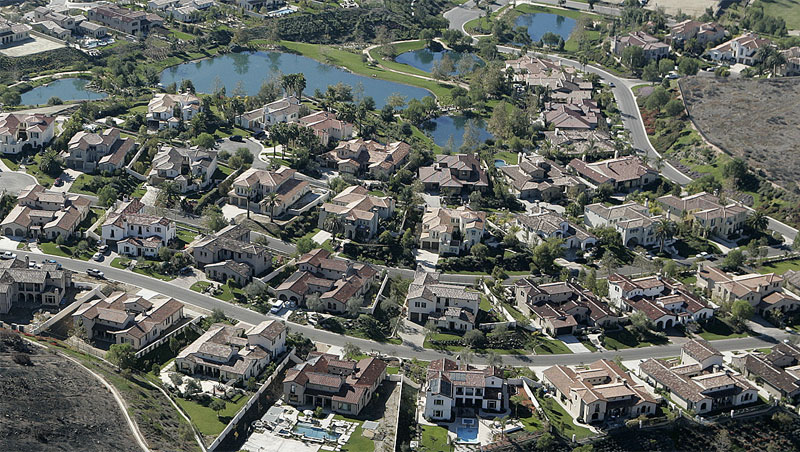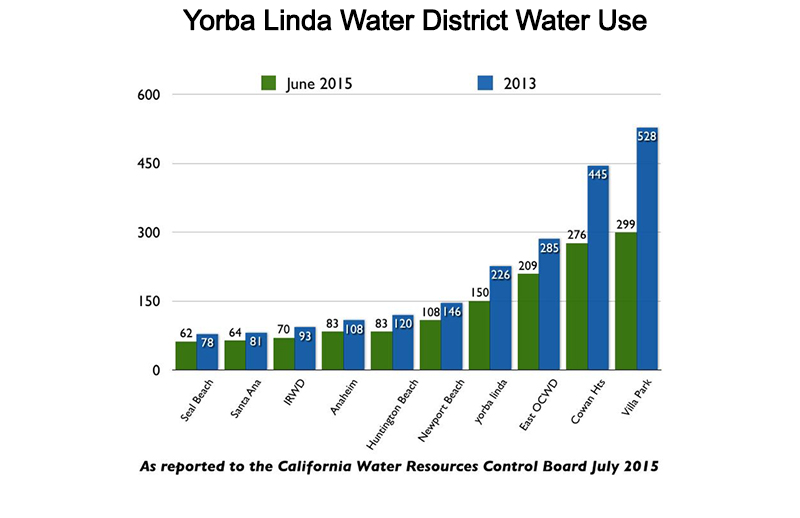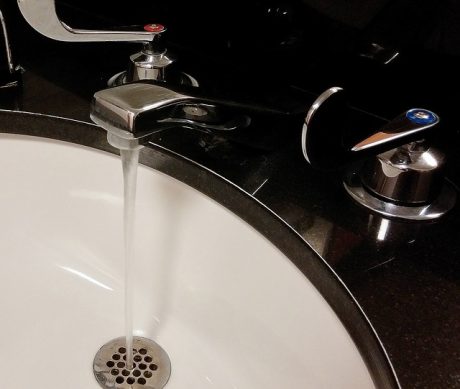 After reading this article, you will never look at tap water the same way again. Most Americans have generally assumed that the water coming out of our taps is perfectly safe, but the Flint water crisis and other similar incidents are starting to help people to understand that there are some very dangerous substances in our water. In particular, I am talking about things like arsenic, lead, atrazine, perchlorate and a whole host of pharmaceutical drugs. According to an absolutely stunning NRDC report, close to 77 million Americans received their water from systems “that violated federal protections” in 2015. And even if you get your water from a system that meets federal standards, that still does not mean that it is safe.
After reading this article, you will never look at tap water the same way again. Most Americans have generally assumed that the water coming out of our taps is perfectly safe, but the Flint water crisis and other similar incidents are starting to help people to understand that there are some very dangerous substances in our water. In particular, I am talking about things like arsenic, lead, atrazine, perchlorate and a whole host of pharmaceutical drugs. According to an absolutely stunning NRDC report, close to 77 million Americans received their water from systems “that violated federal protections” in 2015. And even if you get your water from a system that meets federal standards, that still does not mean that it is safe.
Let’s start by talking about arsenic. Earlier today I came across an article that talked about how levels of arsenic in the water at some schools in the San Joaquin Valley “exceed the maximum federal safety levels by as much as three times”…
Reef-Sunset Unified School District Superintendent David East is worried about water. Not because of the drought—record rains this past winter ended five years of dry times. Rather, East, whose district encompasses the small towns of Avenal and Kettleman City on the San Joaquin Valley’s west side, is worried about the safety of the water that the 2,700 students in his school district are being given to drink.
That’s because arsenic levels in the drinking water at some schools in the San Joaquin Valley exceed the maximum federal safety levels by as much as three times. And arsenic is not the only threat to schoolchildren. High levels of pesticides, nitrate, bacteria, and naturally occurring uranium also contaminate groundwater in many rural parts of the state.
…click on the above link to read the rest of the article…


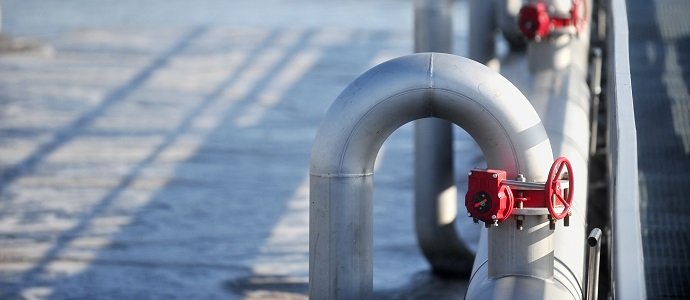


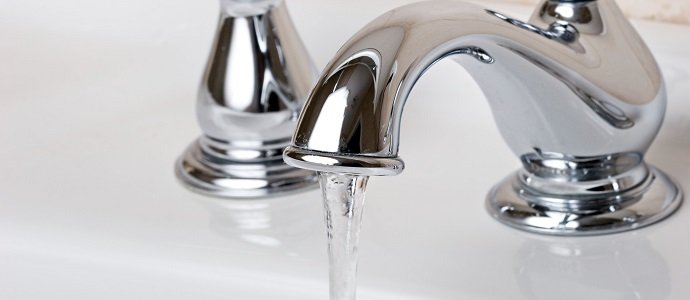


 Just when I thought my
Just when I thought my 